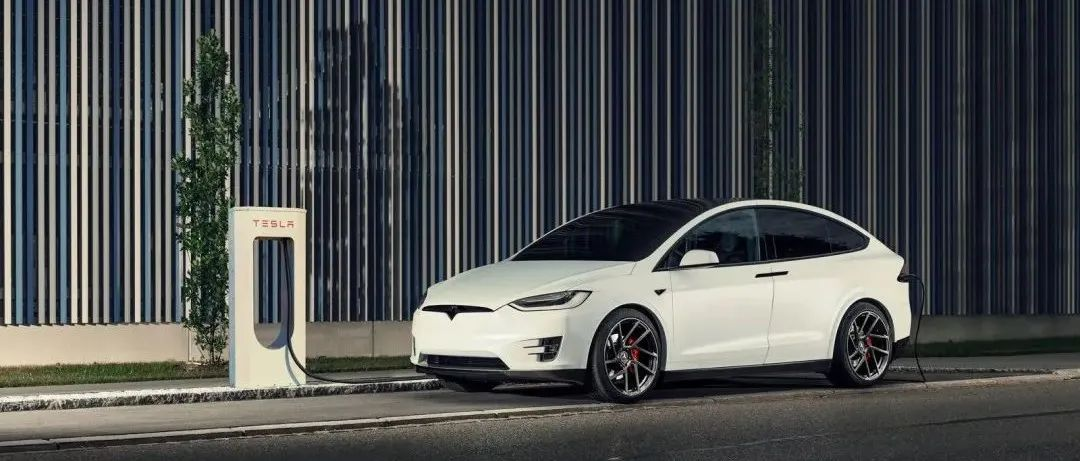Author | Nie Yiyao
On November 3, 2008, Claire Cain Miller, a journalist for The New York Times, tweeted: “Tesla Motors, the electric car start-up in Silicon Valley that has been struggling, announced on Sunday that investors had committed \$40 million in new financing to help it through tough times.”
At this point, Tesla was barely surviving on the brink of bankruptcy. Prior to this, Tesla burned through \$100 million but only managed to produce just over 100 Roadsters. Elon Musk had invested his entire \$165 million from the sale of his PayPal shares into SpaceX, Tesla, and SolarCity. In just six years, the new billionaire had lost it all and had to borrow money from friends just to pay rent.
Americans were waiting to see how Tesla would die because at this point, Silicon Valley was struggling to raise any more funds in the aftermath of the financial crisis. Some websites even launched a “Tesla Deathwatch” section, and people watched it like a joke.
A Tesla employee even pushed this pessimism to the limit. In a public email, the employee wrote: “Tesla just went through a round of layoffs, closed its office in Detroit, and has only $9 million left in the bank.”
“We have over 1,200 orders, which means we squandered tens of millions of cash taken from customers, while only delivering less than 50 cars,” the Tesla employee wrote.
Desperate Musk had to borrow money from his family and friends, even from Tesla employees. He could get \$20,000 or \$50,000. After raising almost \$20 million in a piecemeal fashion, Musk demanded that Tesla’s current investors (because there were no new customers willing to invest) pitch in the same amount of money, and then released the aforementioned “\$40 million” financing news.
This round of financing was finally completed on the eve of Christmas in 2008. As Musk later put it, if it were a few hours later, Tesla might have announced bankruptcy.
Since then, Tesla has almost gone bankrupt several times. Musk also said, “We’ve been close to death many times, truly close to death, and at the door.”
But this start-up company that had survived the brink of death again and again crushed all its competitors with 935,000 sales in 2021, becoming the world’s best-selling electric car. Silicon Valley’s Iron Man, Musk, also became the world’s richest man in 2021.
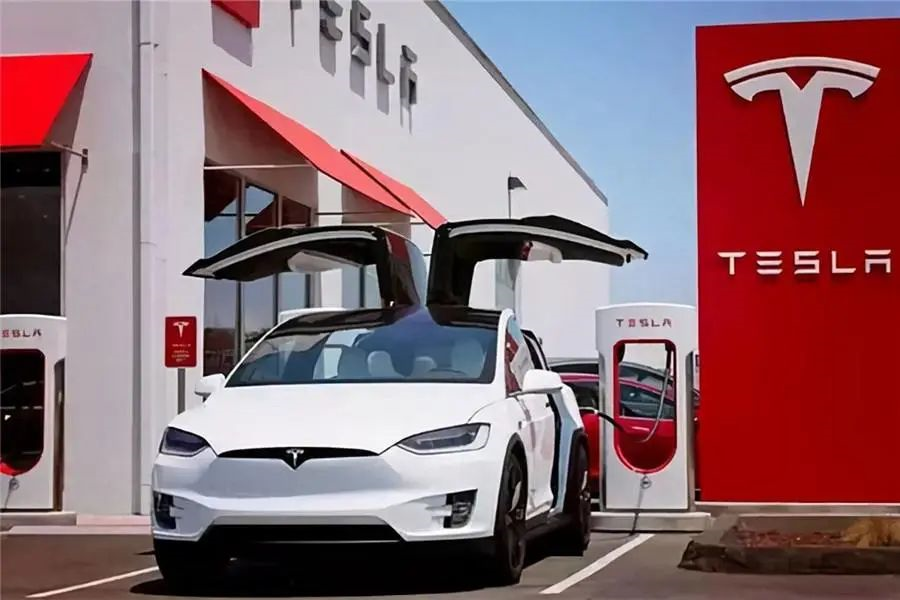 Almost simultaneously, Tesla’s global competitors have entered full catch-up mode. With a focus on expanding production capacity and building factories worldwide, Tesla’s once exclusive advantages of its three-electric system and intelligence are no longer unique. Signs of Tesla’s growth slowdown begin as its global market share drops from around 17% in 2020 to 14% in 2021.
Almost simultaneously, Tesla’s global competitors have entered full catch-up mode. With a focus on expanding production capacity and building factories worldwide, Tesla’s once exclusive advantages of its three-electric system and intelligence are no longer unique. Signs of Tesla’s growth slowdown begin as its global market share drops from around 17% in 2020 to 14% in 2021.
Entering the spring of 2022, with issues surrounding massive product recalls, shortage of chips, rising commodity prices, slowing growth in the first quarter, the shutdown of the Shanghai factory, and a halved stock price, it seems that Tesla, which had just ascended to the pedestal, is about to face a new crisis.
However, Musk, who is used to life and death struggles, seems to have had a plan long before.
On June 1, 2022, Reuters revealed an email Musk sent to employees on May 31. In the email, Musk made a clear request for employees to work onsite, stating “everyone at Tesla must work at least 40 hours in the office per week.”
“If you don’t show up, we’ll assume you’ve quit,” Musk wrote. “The higher your position, the more you should show yourself. That’s why I’ve been living in the factory for so long, so the people on the production line can see that I work with them. If I didn’t, Tesla would have gone bankrupt a long time ago.”
In a subsequent email sent to Tesla executives on Thursday titled “Pause All Global Hiring,” Musk said that Tesla needs to “cut about 10% of jobs.” The main reason for Musk’s layoffs is his “super bad feeling about the economy.”
Feeling bad about the economy may not necessarily be the point. The point is that Musk is about to initiate a round of internal competition and layoffs. This is a familiar tactic for Tesla, as Musk has used it in the past to improve employee efficiency and save costs when the company faced significant crises that threatened bankruptcy.
However, the backdrop of Musk’s current push for competition and layoffs is different from previous rounds. At least Tesla’s achievements and status are incomparable. Tesla is still the world’s most valuable automaker, and far ahead of second place.
Why, even if the stock price drops in response, does Musk want to swing his big sword again? It’s important to note that Tesla has nearly 100,000 employees, and 10% means 10,000 jobs. Is this a heightened sense of awareness from the Silicon Valley superhero after numerous battles, or is there another reason behind it all?
The turmoil continues
The glory of the past year didn’t necessarily mean that Tesla could rest on its laurels. Behind the global attention and admiration, various issues surrounding Tesla’s products have never ceased.Over the past year, Tesla has been pushed into the center of public opinion by the appeals and complaints of domestic and overseas car owners regarding its brake issues. In cities such as Hainan, Guangzhou, Shaoguan, Taizhou, Hangzhou, Zhengzhou, and Xi’an, Tesla has been exposed several times in the news for vehicle accidents caused by “losing control.”
In the United States, over 200 complaints about “out of control acceleration” accidents involving Tesla were investigated by the National Highway Traffic Safety Administration. In addition, over 750 Tesla owners complained that the car would suddenly brake while using partial autonomous driving assistance features. The National Highway Traffic Safety Administration announced in February of this year that it would officially investigate the phenomenon of “phantom braking” in 416,000 Tesla vehicles.
Together with the appeals and complaints, there have been large-scale recalls of Tesla products.
In the Chinese market alone, Tesla has initiated four large-scale recalls due to various reasons from January to May 2022, involving 275,800 Tesla vehicles. Although most of the recalled vehicles were solved through technical upgrades, this has also sparked controversy among consumers about Tesla’s eagerness to expand sales and neglect quality control.
In the US market, under the supervision of the National Highway Traffic Safety Administration since January 2021, Tesla has conducted 23 recalls. In February, April, and May 2022 alone, Tesla recalled a total of 1.18 million vehicles to fix software issues.
What is more troubling for Musk than frequent recalls is that Tesla’s once-dominant three-electric technology and intelligent advantages are rapidly shrinking due to fierce competition from other companies.
While Musk is busy expanding production capacity by building factories around the world, his Chinese counterparts are making great strides in three-electric technology and intelligence. Facing some models from Chinese competitors such as BYD, Nio, and XPeng, Tesla’s main models, Model 3 and Model Y, no longer have obvious advantages in terms of range, acceleration per 100 kilometers, and intelligent driving assistance.
The slow launch of new Tesla models, as well as the lack of passenger car models in the company’s future product plan (only one electric sports car, the Roadster 2, in 2023), leave people wondering how Tesla will hold its market share in China, which is constantly being eroded by Chinese competitors.
Encountering unfavorable circumstances again, Musk wrote in an email announcing a 10% layoff: “I have a super bad feeling about the economy.”According to data released by the US Department of Commerce on May 26th, the real GDP of the US in the first quarter of 2022, adjusted for inflation, recorded an annualized rate of -1.5%, which was unexpectedly downgraded from the previous preliminary value of -1.4%, lower than the market expectation of -1.3%, and marking the first negative growth since mid-2020 for the indicator.
Liu Ying, a member of the administrative committee and head of the cooperative research department of the CYFI at Renmin University of China, pointed out in an interview that this indicates that the US economy has indeed reached its historical low since the 2009 financial crisis.
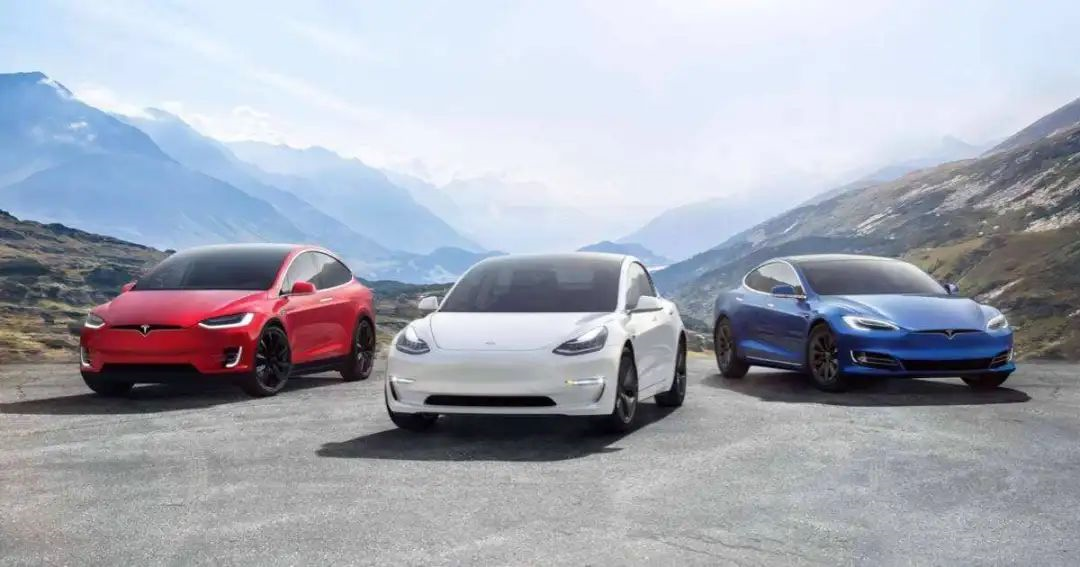
Musk has repeatedly emphasized his ominous prediction that the US economy will enter a recession. During a tech conference held on May 16th in Miami, he also predicted that this recession will last for one to 18 months, and the situation may further deteriorate.
From an entrepreneur’s perspective, Musk’s frequent warnings are due more to the fear of an economic downturn. This is tantamount to Tesla encountering bad luck again while constantly upgrading and overcoming obstacles.
In the US economic crisis of 2008, Tesla was on the verge of bankruptcy. Although times have changed, the risks of Tesla are still considerable. Under the guidance of “realizing annual sales of 20 million vehicles by 2030” target, Tesla must continue to maintain large-scale production capacity expansion in order to achieve it.
This is the crux of the matter. “If we have no problem with chip supply, we can achieve growth expectations, and I am confident in maintaining an almost 50% annual growth rate,” Musk said. Despite Musk’s consistent rhetoric, looking at the production capacity of Tesla’s four super factories that have been put into production globally: Fremont, Shanghai, Berlin, and Austin, they are still far away from reaching this goal.
Musk must continue to build new Tesla factories to expand production capacity in order to achieve his self-promotion. However, the continuous shortage of chip supply and the global automotive industry supply chain affected by the Russian-Ukrainian conflict have added unexpected uncertainties and obstacles to Musk’s Tesla expansion road. Musk has to think about the impact of the economic crisis while promoting production capacity expansion.
Workaholic Musk
At Tesla’s super factory in Fremont, some workers have said that Musk has chosen the venue for a date within the factory, although Tesla officials later claimed it was a business dinner, not a date.
But you can still imagine what kind of workaholic a boss who lives in the factory would be. At Tesla, Musk seems to be everywhere, such as standing behind production workers, watching robots, or wearing protective clothing into the clean room.
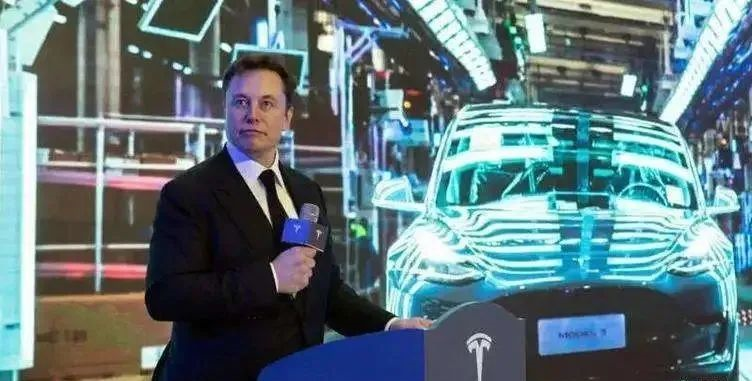 # Elon Musk’s Work Ethic and Leadership in Tesla
# Elon Musk’s Work Ethic and Leadership in Tesla
Elon Musk is known for his determination to shorten project cycles. In order to achieve this, he worked long hours in the Tesla 24/7 production facility and even slept on the factory floor, under tables, and in meeting rooms with a pillow and a blanket.
Musk has created a highly motivated entrepreneurial culture in Tesla, attracting a loyal workforce. They believe that even if Musk asks them to do seemingly impossible tasks, they will do it and succeed, thanks to Musk’s resilience against skepticism. With his willpower, perseverance, and stubbornness, Musk made electric vehicles a reality. Tesla’s happiest employees consider themselves workaholics, working more than 70 hours a week.
As Musk explained in an email on May 31, “The higher up you are, the more you should be seen by everyone…that’s why I stayed in the factory for so long. People on the production line need to see that I’m there with them, or Tesla will die if I’m not there.”
Musk needs to continuously lead Tesla with the same work ethic to achieve its goals faster. Therefore, prior to sending an email urging employees to return to work and announcing a 10% layoff, on May 10th, Musk dropped a hint during an online interview with Financial Times.
During the interview, Musk publicly criticized Americans under the Biden administration for avoiding work and “trying not to go to work.” He also praised Chinese workers, saying, “not only do they work until midnight, they work until 3 a.m…” It is because of this work ethic that Musk believes “China will produce some very powerful companies. There are a lot of super talented and hardworking people in China, and they have a strong belief in manufacturing,” he said.
It is evident that Musk’s admiration for Chinese workers, who are also workaholics and are accustomed to “996” and “007” working schedules, is not superficial, but genuine. The Chinese workers who have worked tirelessly at the Shanghai Tesla Gigafactory for the Tesla mission are Musk’s outstanding partners.
China’s Perpetual Hope
From mid-2017 to mid-2019, Tesla was once again on the verge of bankruptcy due to the “production and logistics hell” caused by the Model 3.
“Both production and logistics were so painful, it was like hell,” Musk later recalled.
It all started in March 2016 when Tesla released the Model 3, which received a lot of attention and orders in a short period of time, leading to a severe lack of production capacity at Tesla.
The Model 3 began delivery at the end of July 2017, but due to insufficient production capacity, some customers cancelled their orders. This put financial pressure on Tesla, and Elon Musk was struggling just like he did during the 2008 crisis. Without money, Tesla couldn’t expand production capacity, and the company seemed to be trapped in a quagmire. On April Fool’s Day in 2018, Musk tweeted that “Tesla has gone bankrupt”.

In August 2018, during an interview with The New York Times, Musk revealed that he was under immense pressure, working up to 120 hours a week, often spending three or four days straight in the factory, sleeping on the floor if he felt tired. To get to sleep, he even had to rely on sleeping pills.
A turning point emerged when, in the middle of the US-China trade war in 2018, China demonstrated a more open attitude toward foreign investment. The decades-old restrictions on foreign ownership in the automotive industry were lifted in 2018. In the “2018 Version of Special Administrative Measures for Foreign Investment Access (Negative List)”, restrictions on foreign ownership in new energy vehicles were removed, and those on foreign ownership in passenger cars and the requirement for joint ventures to involve no more than two partners were set to expire in 2022.
Shanghai, the place that was about to realize Musk’s dream, quickly became Tesla’s promised land. Tesla’s fate began to turn around the moment it set foot in Shanghai.
In July 2018, Tesla signed a cooperation agreement with the Shanghai government and the Lingang Management Committee to invest in a pure electric vehicle project. In January 2019, the groundbreaking ceremony for Tesla’s Shanghai Gigafactory was held, and construction began. In January 2020, the Model 3 produced by the Shanghai plant began delivery to the public.
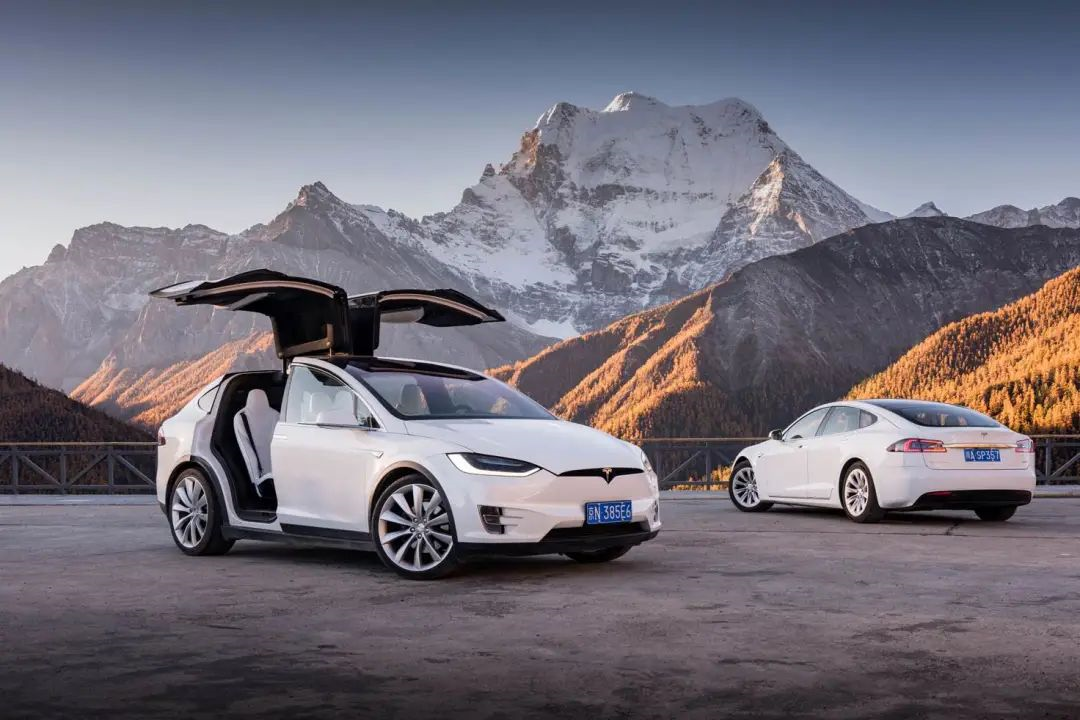
The speed of China not only shocked Musk but also prompted him to praise the Chinese Tesla team, “Tesla (China) has done an amazing job, and the Shanghai Gigafactory is very impressive. I’m surprised at the great progress Tesla has made in Shanghai.”
The speed of China also saved the then-bankrupt Tesla. The unit manufacturing cost of the Model 3 produced by the Shanghai plant was 65% lower than that of the American plant. With the capacity release of the Shanghai plant, Tesla delivered a total of 499,000 vehicles worldwide in 2020, an increase of 132,000 over 2019.The Chinese government has given Tesla a chance for rebirth. While opening the door to welcome Tesla’s settlement, the Shanghai government not only provided convenient transportation and highly educated Chinese workers, but also provided life-saving funds for Tesla – a loan totalling no more than USD 521 million for one year.
Now, as Musk is eager to build factories and expand production capacity, it is difficult for him not to follow this standard and find a new location. The internet is circulating Musk’s selection principles for the super factory: the land on which the factory is built must be provided free of charge; loan discounts must be at least several hundred billion yuan; there must be relevant tax incentives; a complete automobile industrial chain; a large number of high-quality skilled automotive industry workers; and convenient large international ports, all within a range of no more than 300 kilometers.
If he has traveled around the world and found that no country can offer Tesla such generous resources and conditions as China, Musk is most likely to continue investing in China. Despite his sincere words of flattery, the ultimate goal is probably to gain a higher impression score.
Of course, the Chinese market will continue to be accommodating and supportive of Tesla, as this is a hallmark of China’s opening up to the outside world. However, in the competition with Chinese colleagues in the future, Tesla will no longer have such an easy victory. But for Musk, who is full of fighting spirit, a market full of competition is a source of continuous creativity.
The timing of Musk’s announcement of his return to work and layoff emails is also worth considering. The two emails were sent just before and after the news of the comprehensive resumption of work in Shanghai was announced. Will Musk, who loves China, recruit heavily among his beloved Chinese employees after laying off 10% of his American employees? Let’s leave this to speculation.
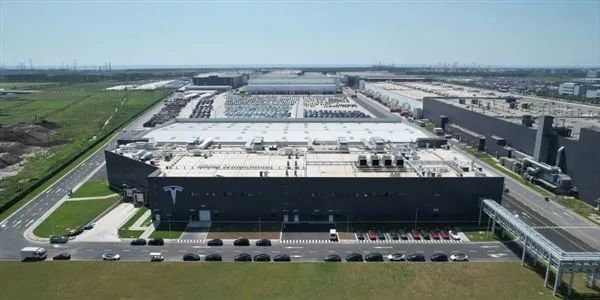
This article is a translation by ChatGPT of a Chinese report from 42HOW. If you have any questions about it, please email bd@42how.com.
